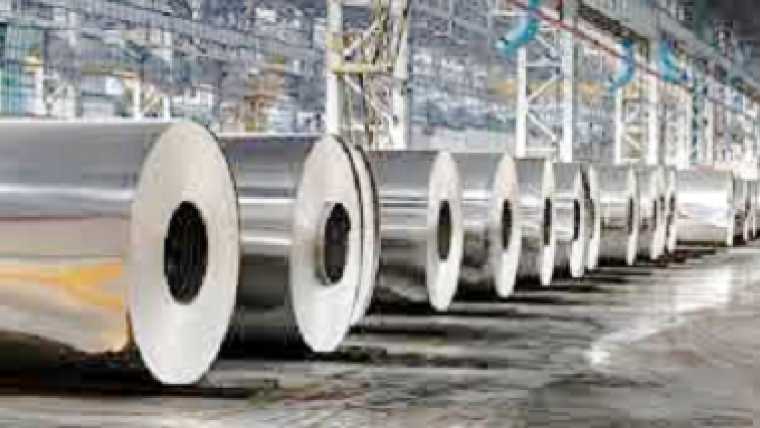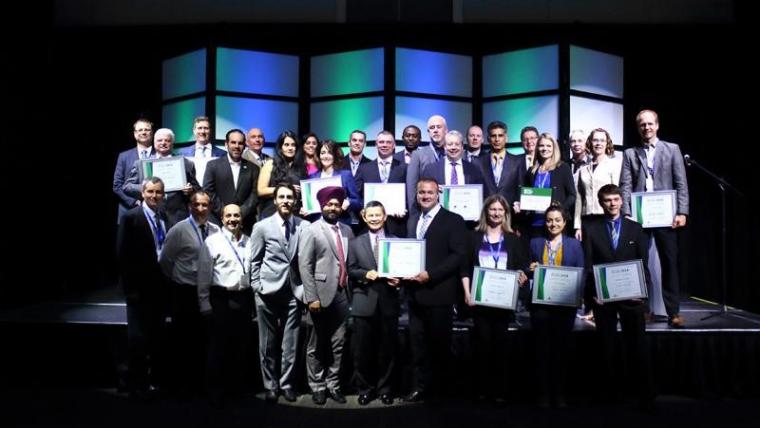A serving of energy efficient technologies for the food and beverage sector

Membrane filtration for agroprocessors
Membrane filtration removes particles such as proteins, bacteria, viruses and dissolved salts from liquids. It is also used to concentrate, fractionate, purify and regenerate liquids. Four types of membrane technologies are used depending on the separation required: microfiltration, ultrafiltration, nanofiltration and reverse osmosis.
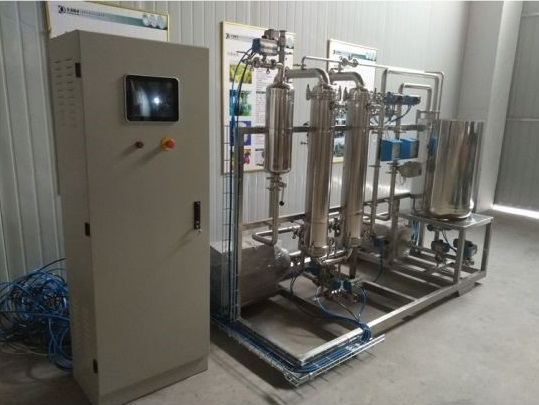
Whey protein concentration with ceramic microfiltration and ultrafiltration membrane. Dalian Reyes Import & Export Co.
Applications
There are many uses for membrane technology in the beverage, beer, milk and meat industries at different points during the filtration and concentration processes. Some applications include:
- treatment of boiler make up water, and preparation and bacterial control of process water
- demineralization of whey, elimination of microorganisms, removal of alcohol and standardization of milk
- regeneration and recycling of cleaning solutions, and treatment of wastewater
What are the potential benefits?
A study of a US fruit processor, who installed an ultrafiltration module followed by a reverse osmosis module to concentrate juices from the initial 5% to 10% dry matter, found an almost 40% reduction in natural gas and electricity use per year. The technology replaced a significant portion of the energy-intensive evaporation process.What are the potential benefits?
In another project, a reverse osmosis unit replaced a conventional triple effect evaporator to concentrate 12,500 litres per hour of whey from 6 to 21% total dry matter. The payback for the project was 3.6 years including the cost of the unit and associated electricity costs. The project yielded 90% energy and 95% steam requirement reductions annually.
Mechanical and thermal vapor recompression (MVR/TVR)
MVR is another technology that offers energy savings for any food and beverage business that requires evaporation. Already used in the US, the technology is also employed with membrane filtration for industries with very dilute liquids. TVR can also increase the pressure and temperature of evaporation steam.
How does it work?
- Steam from evaporation is recovered by a compressor.
- This steam is heated higher than the boiling point and pressurized in the compressor.
- The steam’s latent heat provides energy for the evaporator.
Applications for the food and beverage industry
Uses of MVR are wide-ranging and include concentrating milk or whey, brewing beer, distilling spirits as well as concentrating effluents.
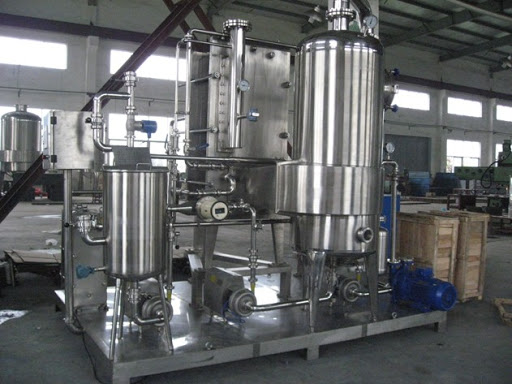
High efficiency MVR. Titanium plate exchanger. GOJE.
What are the potential benefits of MVR?
- significant reduction in energy consumption associated with the evaporation process
- reduction or elimination of steam needs
- decrease in required refrigeration
A study of a dairy processor machine used a centrifugal compressor to recover the steam generated by the evaporation of cheese whey. Then the higher temperature and compressed steam was used as a heat source for the evaporator. This resulted in net annual energy savings of $165,000 and the elimination of steam required from the boiler.
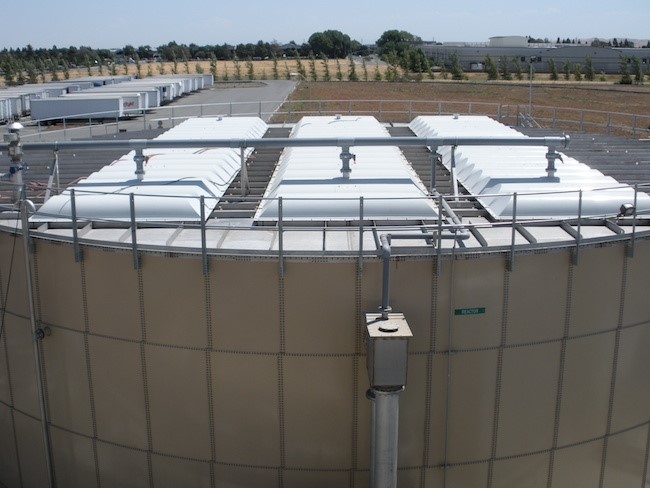
Anaerobic digester used by the City of Chilliwack fed by Molson Coors effluent. Canadian Biomass.
Anaerobic treatment (AT) of effluents and wastes
Industries that produce effluents and waste with a significant amount of organic matter can benefit from AT (also known as digestion or fermentation) of this waste, which relies on bacteria to convert about 90% of the solids into biogas. AT is a proven technology in Europe where it has been shown to reduce environmental impact and energy costs. However, AT is still gaining traction in North America, where it’s mostly used to treat manure, and in the pulp and paper industry.
How does it work?
- Physical, chemical or thermal pre-treatment of the waste or effluent may be necessary.
- Any organic matter in the waste is fed into a reactor where anaerobic bacteria ferment it, producing biogas and a fertilizer by-product.
- The biogas is then separated from any remaining solid and liquid either in the reactor or another piece of equipment.
- This biogas composed of methane (50 to 80%) and carbon dioxide (20 to 50%) can then be used to replace natural gas.
- The remaining solid and liquid can be used as a wet fertilizer, or dried or composted.
Applications of AT in the food and beverage sector
Food sector applications could include the treatment of fluid milk, dairy products, products of slaughterhouses and meta processing, vegetables, oils, starch, margarine, fish, seafood and their by-products.
Beverage sector applications may be the treatment of beer, soft drinks, distillery spirits, and wine in addition to fruit juices and associated products.
What are the potential benefits of AT?
- the effluent reduction is beneficial to the environment
- the generation of biogas can replace fossil fuels in boilers or cogeneration systems to reduce energy costs
- solid residues can be used as fertilizer
For further details on each of these technologies, as well as more energy efficient technologies for the food and beverage sector, visit NRCan’s Guide to Energy Efficiency Opportunities in the Meat, Poultry and Dairy Processing Industries, and the Beverage Industry.
Page details
- Date modified:

